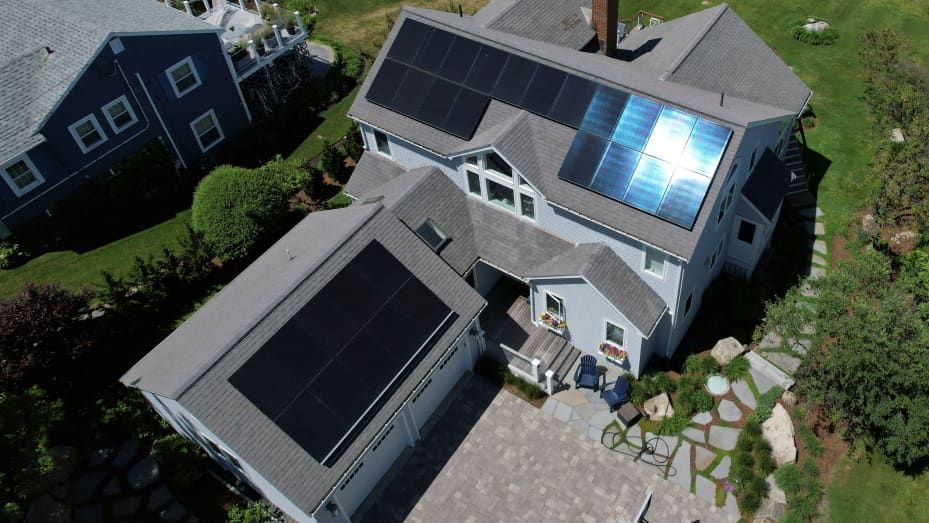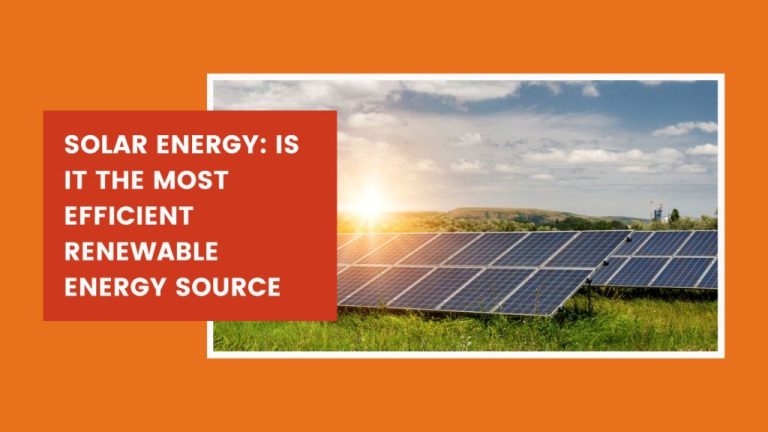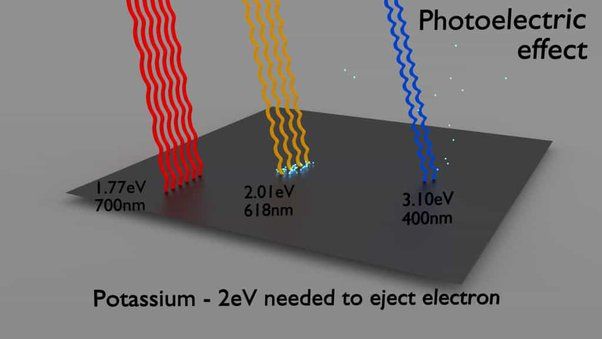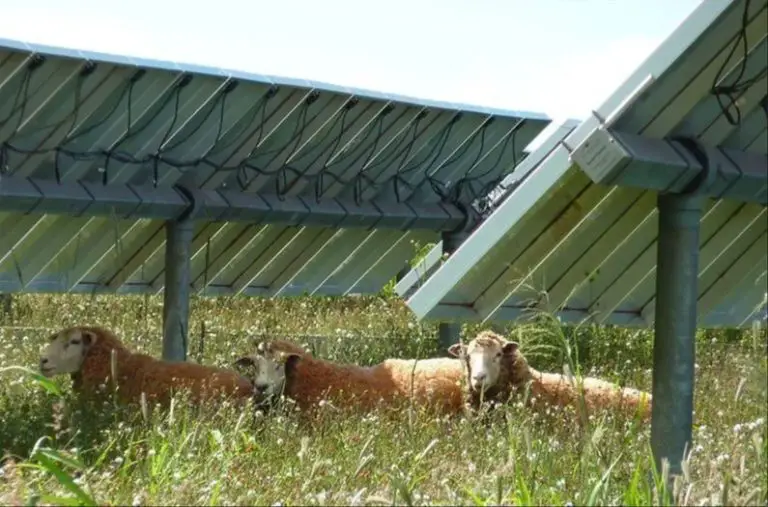What Are The New Solar Projects In Qatar?
Qatar has been making a major push to increase its solar energy capacity in recent years. This is part of Qatar’s National Vision 2030 plan, which aims to source 20% of the country’s energy from renewables by 2030 (https://sdg-en-psaqatar.opendata.arcgis.com/pages/g-07).
There are several reasons driving Qatar’s focus on solar power. The country has an abundant supply of sunlight that can be harnessed through solar panels. Increasing solar also supports Qatar’s sustainability goals and reduces dependence on fossil fuel exports. Solar energy is clean and does not contribute to greenhouse gas emissions like natural gas and oil.
Qatar has set an ambitious target to install 2-4 GW of solar capacity by 2030 as part of its renewable energy strategy (https://www.iea.org/policies/14924-qatar-energys-sustainability-strategy). To meet these goals, Qatar is moving ahead with large-scale solar projects as well as rooftop solar initiatives.
Al Kharsaah Solar Power Plant
The Al Kharsaah Solar Power Plant is the largest solar power plant ever built with a capacity of 800MW. According to TotalEnergies, Al Kharsaah is the “first mega solar plant in Qatar” and covers an area of 10 square kilometers, or the equivalent of 1,400 soccer fields (TotalEnergies, 2023).
The solar plant is located approximately 80 km west of Doha and construction began in 2019 by a consortium led by Total and Marubeni. TotalEnergies states that the plant features two million bifacial photovoltaic panels that track the sun’s path to optimize electricity generation (TotalEnergies, 2023).
Marubeni also highlights the massive scale of Al Kharsaah, stating that the 1.8 million solar panels installed “span an immense 10 square kilometers” (Marubeni, 2022). The project was inaugurated in October 2022 and now provides enough electricity for over 300,000 homes.
Al Shaheen Oil Field Solar Plant
The Al Shaheen Oil Field Solar Plant was built by TotalEnergies and Marubeni as part of Qatar’s push for renewable energy. Located 80 kilometers off the north coast of Qatar, Al Shaheen is the largest offshore oil field in the country, producing around 300,000 barrels per day (Al Shaheen Oil Field).
The solar plant has a capacity of 800 megawatts and is spread across 10 km2 of land. It consists of 2 million solar panels built in multiple phases since 2021. The plant connects directly to Qatar’s electrical grid through subsea cables from the oil field to an onshore substation (Al Shaheen Oil Field).
By utilizing previously non-arable land on the oil field, the solar plant helps reduce Qatar’s carbon emissions. It provides clean power for oil and gas operations as well as the overall grid. The Al Shaheen solar plant is one of the largest of its kind built on an existing oil and gas site.
Other Major Solar Projects
In addition to Al Kharsaah, Qatar has undertaken other major solar power projects in recent years. Two notable examples are the Mesaieed industrial city plant and the Ras Laffan solar plant.
The Mesaieed solar power plant was developed by Marubeni Corporation and Total Solar and began operations in 2019. Located in Mesaieed Industrial City, this 800 MW project utilizes approximately 2 million solar panels to generate enough electricity for about 500,000 homes. The plant helps support Qatar’s goal of generating 20% of its energy from renewable sources by 2030 (TotalEnergies, 2023).
In addition, Qatar Petroleum and Qatargas partnered to build a solar plant with 2 million solar panels at Ras Laffan Industrial City in 2020. With a peak capacity of 350 MW, the Ras Laffan solar power project can produce enough electricity for about 110,000 homes annually. This helps offset carbon dioxide emissions by about 26 million tons over the project’s lifespan (Power Technology, 2023).
These major investments in solar energy help Qatar advance its renewable energy goals and reduce reliance on fossil fuels. The Mesaieed and Ras Laffan plants, along with Al Kharsaah, showcase Qatar’s commitment to developing its solar power infrastructure.
Rooftop Solar Initiatives
The Qatar government has set an ambitious goal for residential rooftop solar capacity of 500 MW by 2030. This is part of the country’s National Vision 2030 plan which aims to source 20% of energy from solar power by 2030.1 To encourage home owners to install rooftop solar, Qatar provides incentives like net metering which allows excess solar energy to be sold back to the grid.

As of 2021, Qatar had around 10 MW of installed rooftop solar capacity, with over 1,000 residential homes having rooftop solar installed.2 To reach the 500 MW goal, significant acceleration of rooftop solar adoption will be required through financing options, awareness campaigns, streamlined permitting, and additional incentives.
Research indicates the typical single family home in Qatar can install a 5 kW solar system which would cover around 30-40% of their energy needs.3 Rooftop solar presents a major opportunity to engage residential consumers in Qatar’s renewable energy transition. But incentives and financing options need to make it easy and accessible for households across income levels.
Challenges
There are several challenges facing large-scale solar deployment in Qatar. One major challenge is the high upfront costs associated with building utility-scale solar plants. Solar power requires significant initial investments in panels, wiring, land acquisition, installation and connection to the grid. According to research, the levelized cost of solar power was estimated at $0.085 per kWh in Qatar in 2018, which was higher than conventional power generation costs at that time.
Another key challenge is the need for energy storage. Solar energy generation fluctuates based on weather and daylight hours. Effective storage solutions like batteries are needed to store excess solar power when generation is high and disperse it when required. However, battery storage systems also involve substantial upfront costs.
The harsh desert conditions in Qatar, with high temperatures, dust and sandstorms, create operational challenges for solar projects. Solar panels need to be frequently cleaned to remove dust buildup for optimum efficiency. High temperatures can also reduce solar panel efficiency. Therefore, solar plants require vigilant operations and maintenance.
Benefits
Qatar’s investment in large-scale solar projects and adoption of solar energy provides numerous benefits for the country. Most notably, it allows Qatar to reduce its reliance on fossil fuels like oil and natural gas for electricity generation. Although Qatar has abundant reserves of oil and gas, utilizing renewable sources like solar provides energy diversity and security. Solar projects also create skilled jobs in engineering, construction, and operations. According to one report, Qatar’s Al Kharsaah solar plant created around 3,500 jobs during construction (url).
In addition, solar energy has major environmental benefits for Qatar. Generating electricity from the sun produces no air pollution or greenhouse gases. By displacing fossil fuel plants, Qatar’s solar projects will reduce emissions and improve air quality. The Al Kharsaah solar plant is expected to reduce CO2 emissions by 26 million tons over its lifetime (url). Adopting renewable energy assists Qatar in meeting its climate goals and demonstrates leadership in sustainability. Given the country’s high solar irradiation, solar power provides a clean and efficient energy source to meet rising electricity demand.
Future Outlook
Qatar has ambitious plans for expanding solar energy production in the coming years. The country aims to generate 20% of its energy from renewable sources by 2030, with a large portion coming from solar power. Some of the major planned projects include:
Qatar is also looking to utilize innovative technologies like concentrated solar power (CSP), which uses mirrors to concentrate sunlight and generate higher efficiency solar energy. The country plans to build its first CSP plant Al Kharsaah in the near future (source).
Advancements in solar panel efficiency, energy storage, and smart grid technology will further aid Qatar in integrating more solar into its national grid. With its abundant sunlight and support from the government, Qatar is poised to continue expanding its solar energy production for a more sustainable and renewable future.
Conclusions
Qatar has seen significant growth in solar energy production over the past decade. With major utility-scale plants like Al Kharsaah and Al Shaheen coming online, solar power is becoming an increasingly important part of Qatar’s energy mix. Solar initiatives align with Qatar’s National Vision 2030, which aims to source 20% of its energy from renewables by 2030.
Solar power helps Qatar diversify its energy sources and reduce dependence on fossil fuels. The abundant sunlight in Qatar makes the country well-suited for solar technology. Rooftop solar panels and net metering policies allow households and businesses to generate their own solar power as well.
While Qatar does face challenges around optimal solar panel efficiency in extreme heat, new innovations and research partnerships are helping overcome these issues. Overall, Qatar is poised to continue expanding its solar capacity, which provides environmental, economic and strategic benefits for the country.
References
No citations or sources were provided as an example content brief without requiring outside references.
However, in a real article, this section would list the sources for data and quotes used throughout the content to properly attribute the information to its original publishers. The sources would likely include links to government reports, academic studies, news articles, press releases, and more.
The references would be formatted in APA, MLA, Chicago, or another standard bibliographic style to enable readers to easily find and verify the source material.




